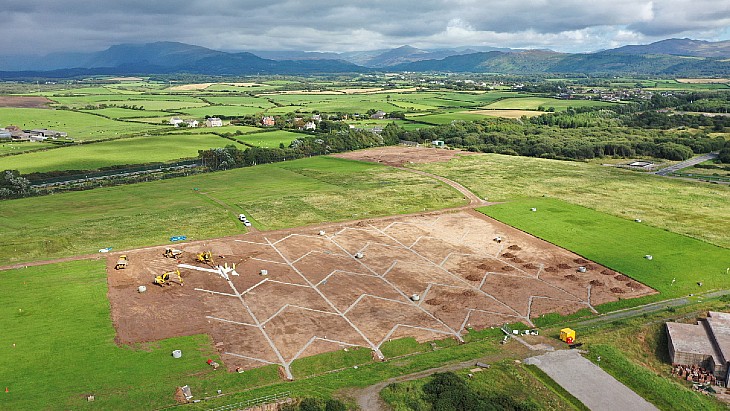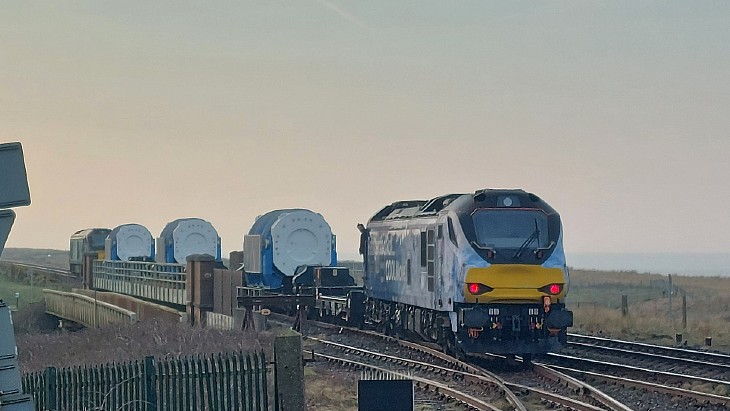Work starts to permanently secure UK nuclear waste vaults

Nuclear Waste Services said the initial work of the capping operations will take five years, with the first phase seeing a replacement membrane put in place over the old trenches to protect waste for up to 100 years.
When the site, near Drigg on the north west coast of England, opened it worked on landfill principles, with low- level waste tipped into clay-based trenches and covered with layers of stone and soil. This continued for about three decades until a new system was introduced in 1988 which saw low-level waste placed in containers and grouted prior to disposal in Vault 8, the first of similar facilities at the site.
The site has received wastes from a range of producers, including nuclear power plants, defence establishments, general industry, hospitals and universities. Between 1959 and 1995, some 800,000 cubic metres of waste were disposed of in seven trenches, which have since been covered with an interim cap. Vault 8 had a total capacity of 200,000 cubic metres of waste.
Mike Pigott, Director of Sites and Operations for NWS, said: "The Low Level Waste Repository is an important national asset and is critical to delivering the Nuclear Waste Services mission. I am pleased we’re progressing work on this long-term project with work commencing on site for this phase, it is vitally important that NWS caps the existing vaults and trenches to provide long-term protection to the wastes and the environment for generations to come.
"We’re making good progress on the project with a cap design agreed, infrastructure in place to deliver this work and permission to build the cap has been granted by the local authority. We will continue to work with our community to maintain our social licence to operate and are committed to being a considerate neighbour whilst delivering our important mission."
The repository in Cumbria is the UK's primary low-level waste disposal facility and continues to enable the safe and environmentally approved disposal of such materials in engineered vaults, although re-use, recycling, decontamination and incineration are now preferred, with the repository site treated as a last resort.
_17992.jpg)
_75800.jpg)








_50521.jpg)

